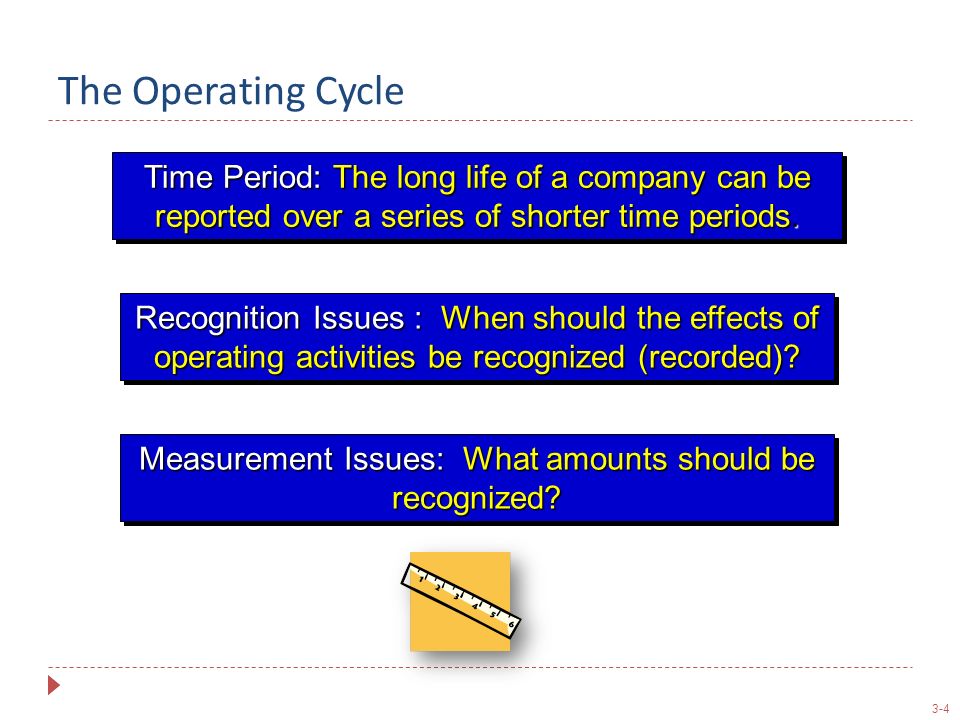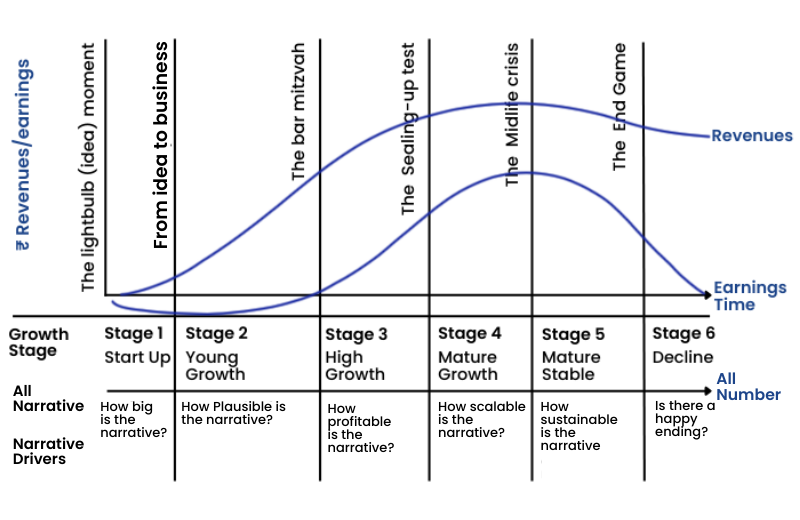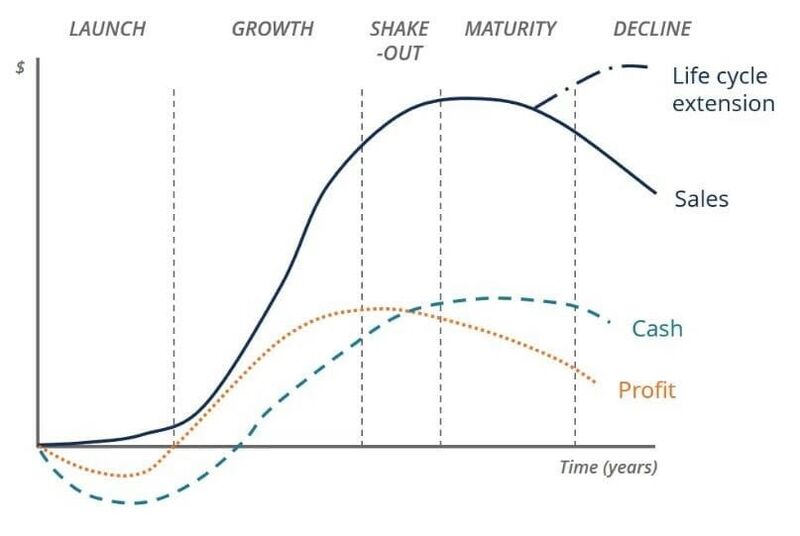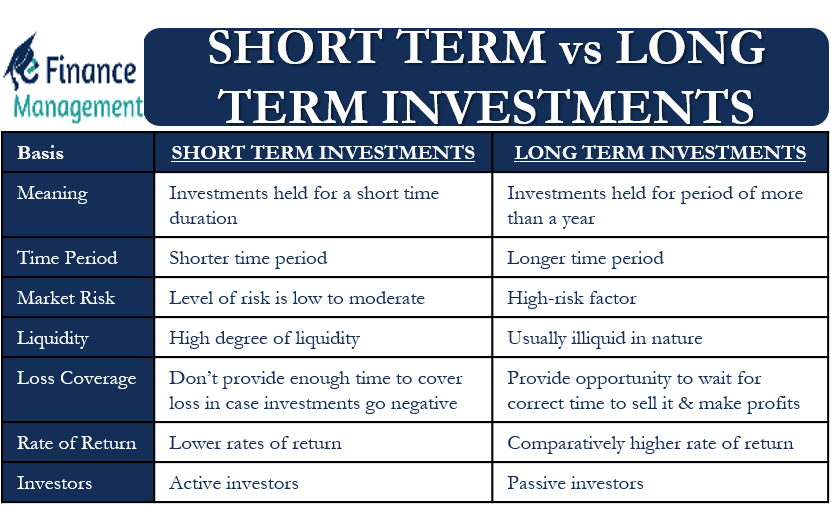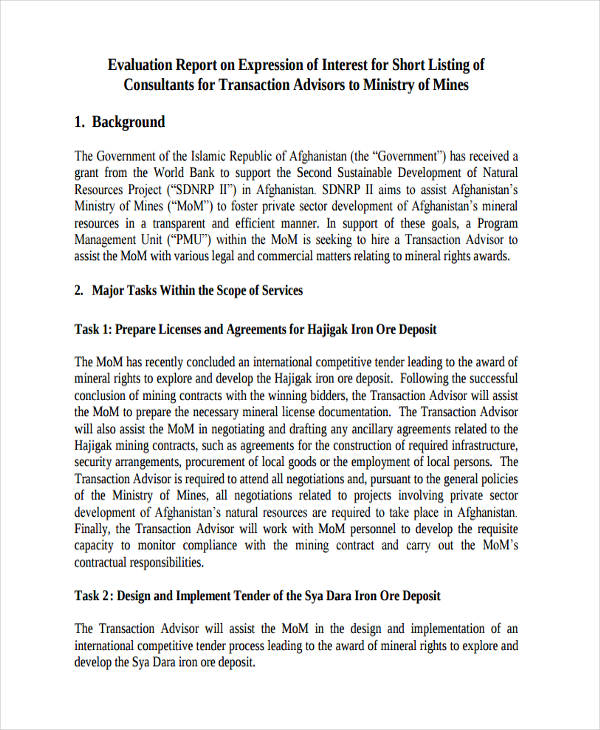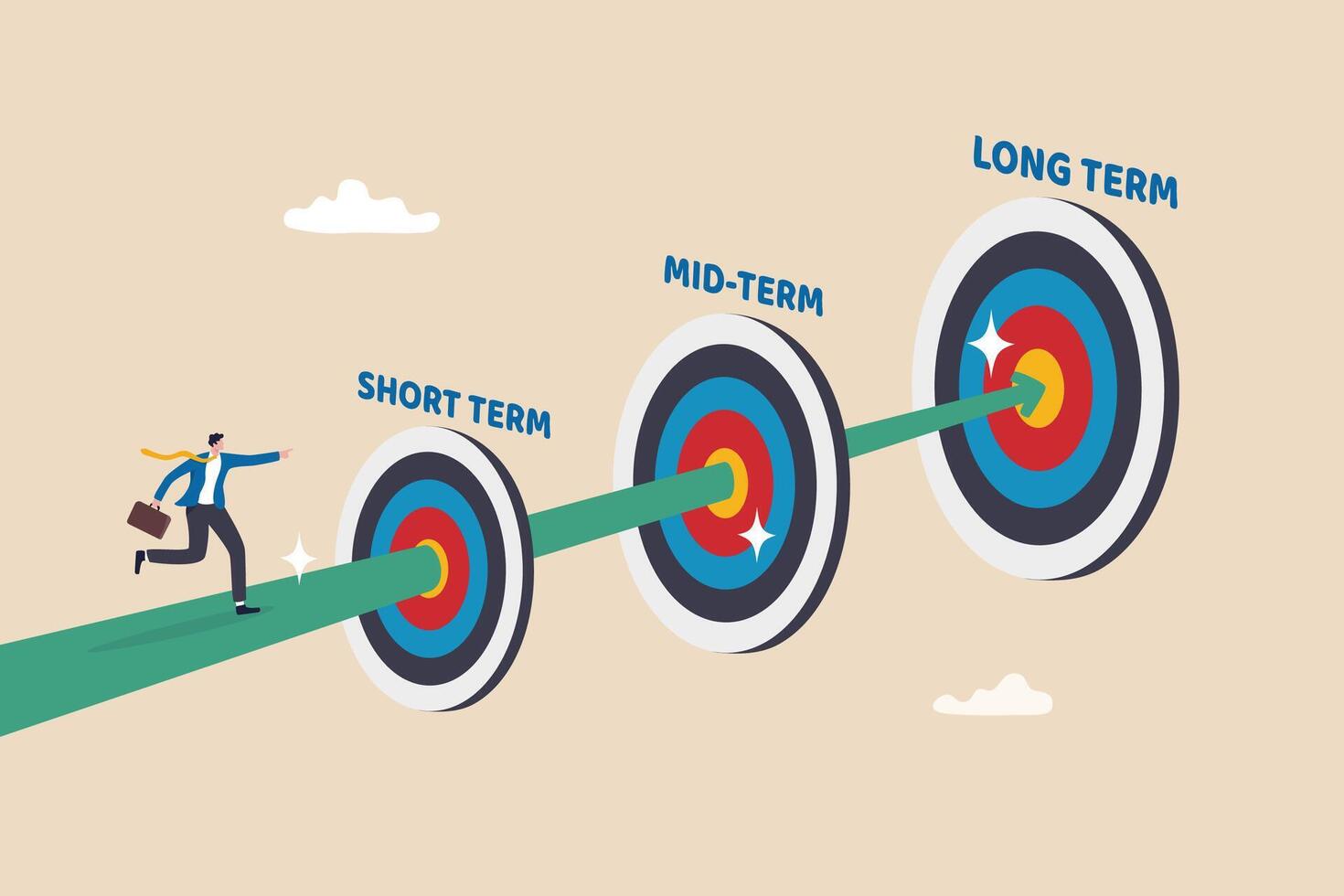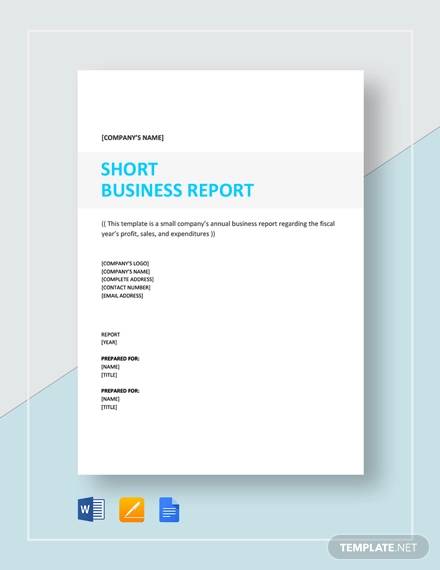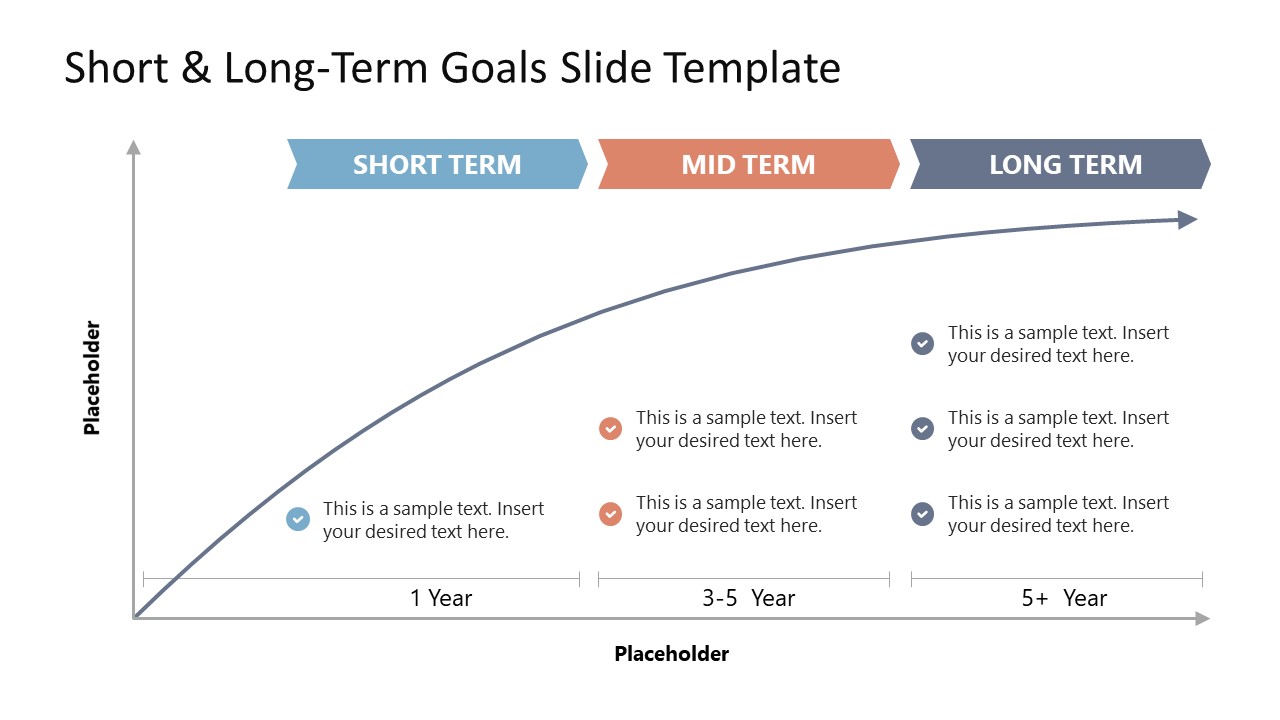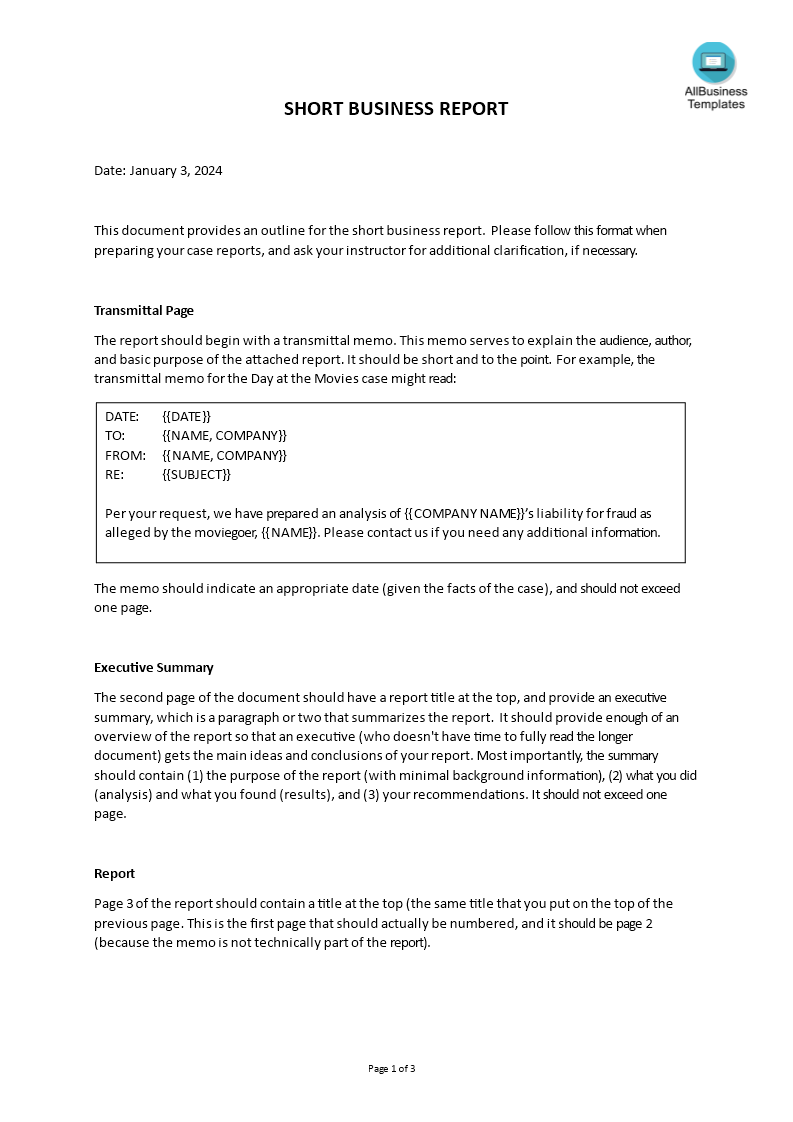Report The Long Life Of A Company In Shorter Periods
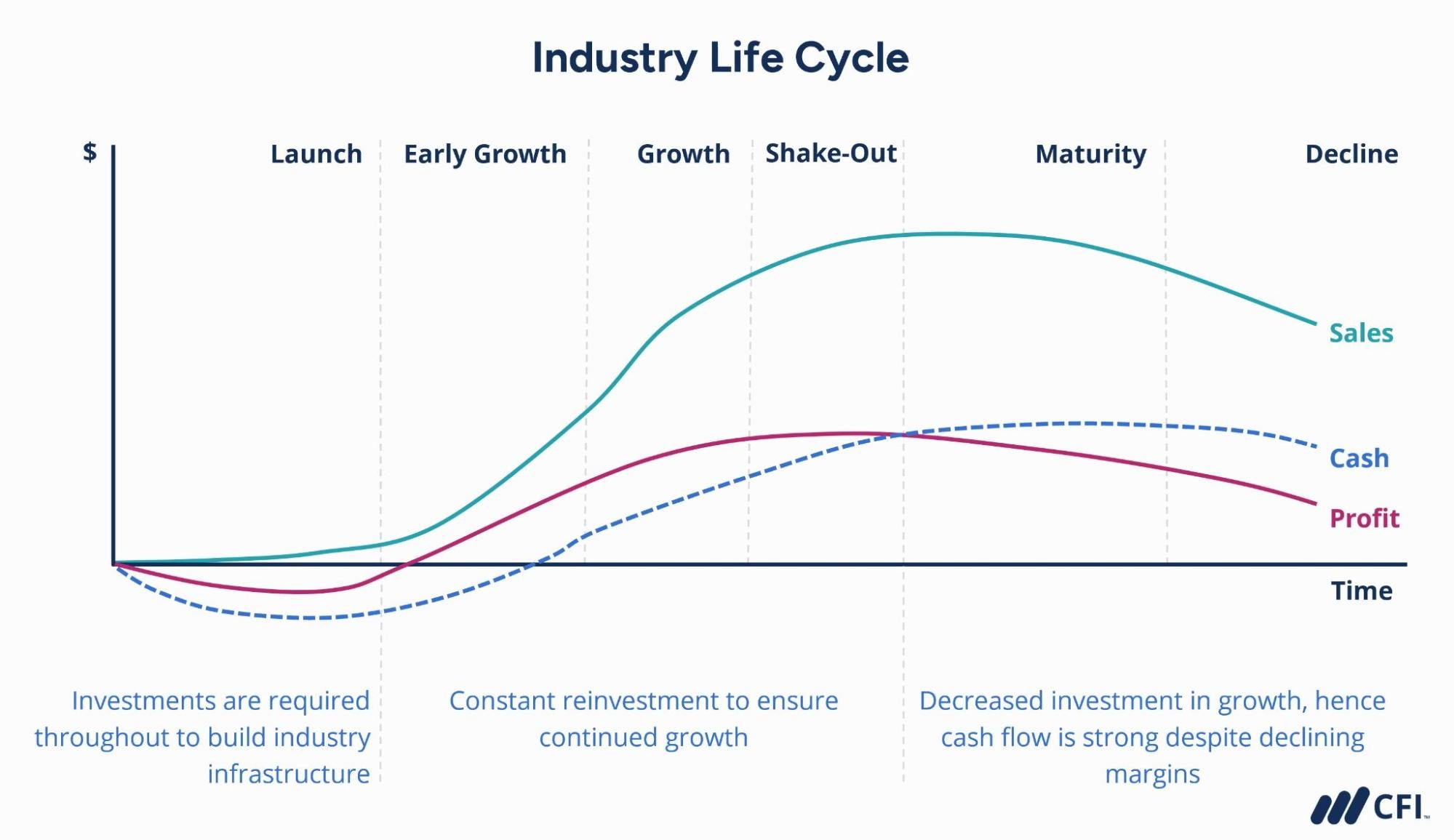
The average lifespan of companies listed on the S&P 500 is shrinking, raising concerns about long-term investment strategies, economic stability, and the evolving nature of business. A recent report analyzing corporate longevity indicates a significant decline, with companies now facing increasing pressure to adapt and innovate to survive.
The report, compiled by Innosight, a strategy and innovation consulting firm, highlights a trend of companies being displaced from leading indices at an accelerating rate. This shift, driven by technological advancements, globalization, and changing consumer preferences, forces businesses to confront unprecedented challenges in maintaining relevance and profitability.
Key Findings of the Report
Innosight's research reveals that the average tenure of companies on the S&P 500 has plummeted from around 60 years in the 1950s to less than 20 years today. This dramatic decrease underscores the volatile business environment and the increasing difficulty companies face in sustaining long-term success. The firm projects that, at the current rate, nearly half of the current S&P 500 companies will be replaced within the next decade.
The study points to several key factors contributing to this trend. These include rapid technological disruption, which renders existing business models obsolete more quickly; globalization, which increases competition from international players; and changing consumer expectations, which demand constant innovation and adaptation.
The Impact of Technological Disruption
Technological advancements, particularly in areas such as artificial intelligence, cloud computing, and automation, are reshaping industries at an unprecedented pace. Companies that fail to embrace and integrate these technologies risk falling behind and losing market share.
"The shelf life of companies is shrinking because the world is changing faster,"stated Scott Anthony, a senior partner at Innosight, in a related interview.
This acceleration of change necessitates a shift in corporate strategy, with a greater emphasis on innovation, agility, and continuous learning. Businesses must be prepared to adapt their products, services, and operations to meet evolving customer needs and maintain a competitive edge.
Globalization and Increased Competition
Globalization has opened up new markets and opportunities for businesses, but it has also intensified competition. Companies now face rivals from across the globe, challenging established business models and forcing them to operate more efficiently and effectively. This global playing field demands a constant pursuit of cost optimization, innovation, and market diversification.
The rise of emerging economies, particularly in Asia, has further contributed to this competitive landscape. Companies in these regions often possess cost advantages and access to rapidly growing markets, posing a significant threat to established players in developed countries.
Changing Consumer Expectations
Consumers today are more informed, demanding, and digitally connected than ever before. They expect personalized experiences, seamless interactions, and innovative products and services. Companies that fail to meet these expectations risk losing customers to competitors who are more responsive to their needs. Meeting demands is a must.
The rise of social media and online reviews has amplified the voice of the consumer, making it easier for individuals to share their experiences and influence purchasing decisions. This increased transparency and accountability places greater pressure on companies to deliver exceptional customer service and maintain a positive brand reputation.
Implications for Investors and the Economy
The shrinking lifespan of companies has significant implications for investors and the broader economy. Long-term investment strategies may need to be re-evaluated, with a greater emphasis on identifying companies that are well-positioned to adapt and thrive in a rapidly changing environment.
The increased rate of corporate turnover can also lead to job losses and economic instability, as companies struggle to compete and ultimately fail. Policymakers and business leaders must work together to create an environment that fosters innovation, entrepreneurship, and sustainable economic growth.
Adapting to the New Reality
To survive and thrive in this era of rapid change, companies must embrace a culture of innovation, agility, and continuous learning. This requires investing in research and development, fostering collaboration and experimentation, and empowering employees to adapt and innovate. Companies should prioritize adaptability.
Furthermore, companies must prioritize building strong relationships with their customers, understanding their evolving needs, and delivering exceptional experiences. This requires investing in customer service, leveraging data analytics, and creating personalized interactions.
Ultimately, the shrinking lifespan of companies is a reflection of the dynamic and ever-changing nature of the business world. By embracing innovation, adapting to changing customer expectations, and fostering a culture of continuous learning, companies can increase their chances of survival and long-term success.
